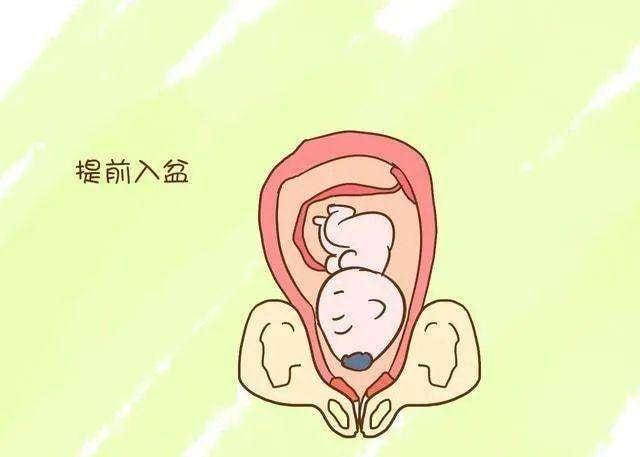Many mothers will question, about the early pot of things, today we sorted out the following questions, I hope to help pregnant mothers.

Q: "Doctor, am I in the basin?"
A: In the third trimester of pregnancy, many pregnant women cannot suppress the urge to unload their goods, and the number of days is looking forward to an early start. Here I would like to correct a more common misunderstanding that "entering the basin means that you are about to give birth" - entering the basin does not mean that you are about to be born, and not entering the basin does not mean that you will not be born soon.
It is only normal for a first-time woman to put her fetal head in the basin at about 38 weeks, and it is only normal for a woman to put her fetal head in the basin before and after delivery. It is normal for some people not to put into the basin within this time frame.
Whether the day of delivery is approaching depends mainly on the contractions. Especially when you put your hand on your stomach, you can accurately perceive that the contraction of childbirth is significantly different from the general contraction.
While predicting the date of delivery depends primarily on contractions, when a pregnant woman is full-term, it is hoped that the baby will enter the basin early. This avoids incongruity that can result from both processes, such as the uterine opening being fully opened and the fetal head not yet descending into the basin.
When the pregnant mother stands and walks, the pelvic angle is not conducive to the fetal baby entering the pelvis
Q: "Doctor, I walk many steps and climb many steps every day, what can I do to get my baby into the basin quickly?"
A: Some people think that walking can promote the fetus into the pelvis, this idea is unrealistic: when the pregnant mother walks, the pelvis will tilt forward, or even maintain a neutral position, not to mention that most pregnant mothers have a pelvic forward tilt, when the weight of the fetus is leaning forward, which will bring a lot of pressure to the uterus.
In fact, I recommend pregnant women to sit obliquely in the third trimester of pregnancy, with their legs raised, and their knees and hips bent, which is a bit like the previously very popular Beijing paralysis emoji! This position can make the pelvic entrance at a horizontal angle, so that the baby leans behind the pelvis, which is more conducive to the baby entering the pelvis.
The pregnant mother leans back on the sofa and lets the baby "send it into the mother's arms", a position that makes it easy for the fetal head to "slide" into the pelvis
If you need to climb stairs in ordinary life, you can continue to climb, but we are not in favor of climbing stairs deliberately for the sake of normal birth.
Although the pelvic bone also leans backwards when you climb stairs, too much "weight-bearing" climbing stairs can cause knee damage, and it is more dangerous to slip down accidentally. So we propose to replace stair climbing with childbirth ball exercises, which is very effective and safe.
In addition, in the second and third trimesters of pregnancy, it is recommended that pregnant women sleep on the back of the fetus (i.e. when you do fetal supervision, the earpiece is set aside), which facilitates the bending and extension of the fetal head, and the pillow enters the basin first. Supplementation with iron and calcium.